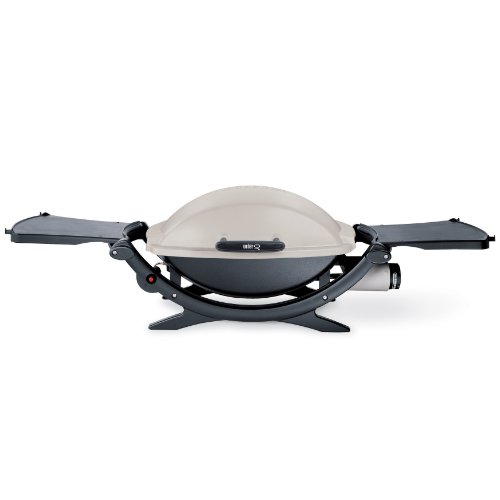Cast-iron griddles became very fashionable thanks to Nigella Lawson and Jamie Oliver. No wonder: they make your food look exquisite with little or no work (the heat and the grid marks on the pan do everything for you) and the food is healthier because the fat drains into a puddle at the edges. But many people still don't know how to use one properly and they either scar the pan by overheating it or set off the fire alarm by adding oil to the pan.
You don't need to use oil in a griddle - you oil the meat or poultry, then lay it on the really hot pan. You must heat the dry pan for a few minutes until you can barely hold your hand an inch above it. Then you add the meat or vegetables. If you add them before the pan is hot enough, it will start to stew and lose moisture and it won't pick up the sear marks that make the meat tasty and give that just barbecued effect. That's why people talk about 'searing heat', it's the heat that you need to literally 'sear' food.
How to take care of your griddle pan
Don't put your cast-iron grill pan in the dishwasher as you will remove the non-stick element. Just wash it in soapy water, rinse well and dry immediately before it gets a chance to get rusty. Oil it lightly and store it in a dry place. The more you use a cast-iron pan, the more non-stick it will become. You should always use non-stick spatulas with it, or you will scrape the pan.
Using oil with a griddle pan
When you are griddling meat that contains fat - a steak, a juicy pork chop for example or a breast of chicken with the skin on - you don't actually need to oil it first. Try it and you'll see! The oil in the meat will do the trick. Just don't move the meat until it has seared on one side, then turn it.
How to get a criss-cross pattern on griddled food
Heat the pan (see notes above). Add the meat or vegetables and cook on one side. Then turn the food and position it at a 90º angle and leave it sit there - don't touch it or try to move it for a few minutes, then prise it up gently with a tongs - if it is not lifting, leave it, then try another minute later or until the skin will lift easily. Now, with a tongs turn the meat to a 90º angle in the other direction. Leave it to cook for at least another few minutes. To achieve a restaurant standard marking, you need to know how long to cook it on the first side (that's the side that is NOT the presentation side) so that it is almost cooked, then calculate the time you need to cook the second side (the side that will be criss-crossed and will be presented to the diner). That way the food won't be overcooked but you will have allowed time for the searing to take place.










